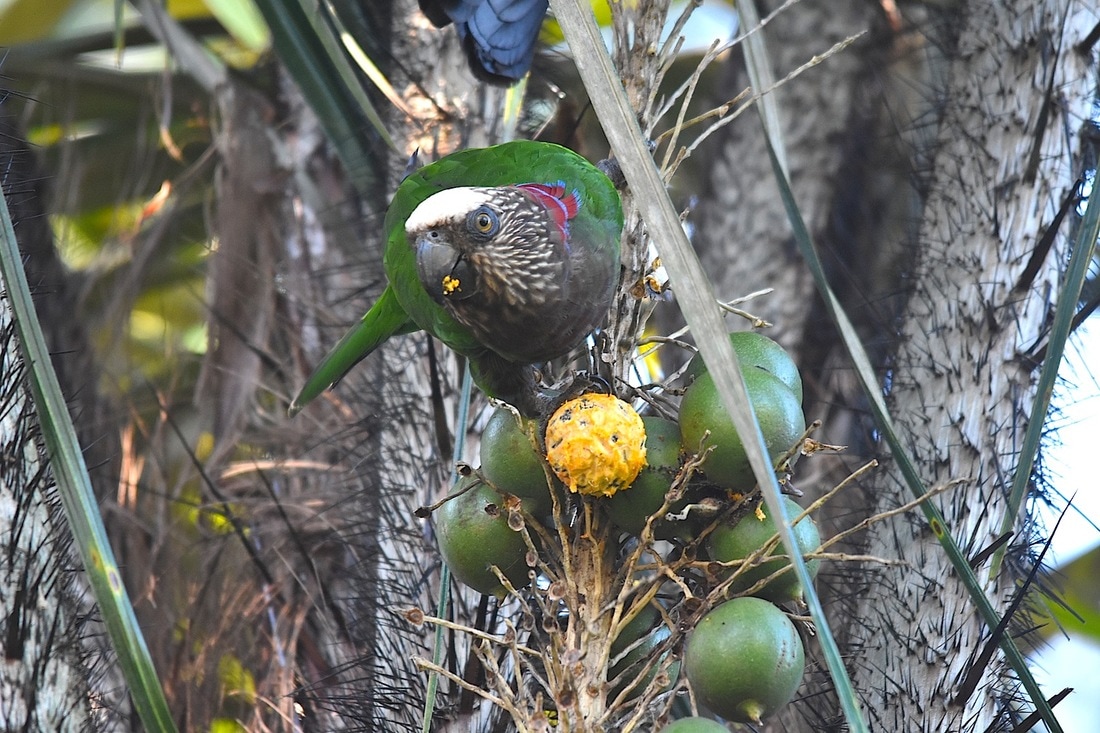

Agoutis may grow to be up to 60 cm (24 in) in length and 4 kg (8.8 lb) in weight.

The molar teeth have cylindrical crowns, with several islands and a single lateral fold of enamel.

The tail is very short or nonexistent and hairless. Īgoutis have five toes on their front feet and three toes on their hind feet the first toe is very small. In Panama, it is known as the ñeque and in eastern Ecuador, as the guatusa. In Mexico, the agouti is called the sereque. In West Africa (especially Ivory Coast), the name "agouti" designates the greater cane rat which, while an agricultural pest, is often sought as a bushmeat delicacy. The related pacas were placed by some authorities in a genus called Agouti, though Cuniculus has priority and is the correct term. Their bodies are covered with coarse hair, which is raised when alarmed. The species vary considerably in colour, being brown, reddish, dull orange, greyish, or blackish, but typically with lighter underparts. They are related to guinea pigs and look quite similar, but they are larger and have longer legs. Some species have also been introduced elsewhere in the West Indies. They are native to Middle America, northern and central South America, and the southern Lesser Antilles. Print of hindfoot with three elongated toes and pointed claws, forefoot showing three or four toes, depending on depth of the print.The agouti ( /əˈguːtiː/, ə-GOO-tee) or common agouti is any of several rodent species of the genus Dasyprocta. Signs: Distinctive tracks 25 mm (forefoot) to 30 mm (hindfoot) in width. Occurs throughout the forest, although most common in areas of dense brush or undergrowth, and near streams or swamps. Calls include barks, grunts, and squeals, and may drum its hindfeet on the ground in alarm. Easiest to observe at dawn or dusk near fruiting trees or traveling along habitually used paths. Feeds on nuts, seeds and fruit, and sometimes buries its food in shallow pits for later use. Habits: Solitary, or in male-female pairs. Head, back, and shoulders grey-black, with crest of black hairs on neck and shoulders contrasting rump bright orangish-red and covered with long erectile hairs belly grizzled grey tiny, inconspicuous tail. Makushi name: Akuri, Maikupiyu, Ewaropaimî, Iwoto, Kanskiîmî, Kusiwîĭescription: Medium-sized, long-legged rodent with large, rectangular head-rather like a short-eared rabbit on stilts. Status: Not recorded from Iwokrama, but is known from southwestern Guyana and probably will be found in the reserve. Signs: Tracks similar to, but less than half the size of, an agouti. Sometimes seen in gallery forest or forest bordering savannah. Occurs throughout the forest though most commonly seen near dense brush or forest edge. Calls include chirps, whistles, and squawks, and it often drums the feet in alarm. When alarmed, it bounds away quickly and then freezes, eventually circling back to the spot from which it was flushed. Feeds on seeds and fruit, and often buries individual seeds and nuts for later use. Long, thin legs and long hindfeet.Īctivity: Diurnal (most active in early morning or late afternoon), terrestrial. Short, thin tail white on underside and at tip (noticeable and much longer than an agouti). Relatively long ears compared to an agouti. Upperparts dark reddish-brown grading to reddish-orange on sides and legs, black on mid-back and rump rump with long erectile hairs belly orange.

Size: body= 35 cm tail= 6 cm weight= 1.5 kgĭescription: Small-sized, ungulate-like rodent, similar to but smaller than an agouti. Signs: Relatively broad tracks (40 mm wide or more in adults) with four toes showing on the front track and three on the hind. Often seen as it forages for fruit on the forest floor and especially along creeks, streams, and rivers. Habits: Solitary or sometimes in male-female pairs. Bright red eyeshine.Īctivity: Terrestrial, nocturnal, it is often active late in the evening (midnight or later), especially in areas where it is frequently hunted (it is prized for its tasty flesh). This is the second-largest rodent in Iwokrama. In this section we include the large rodents which weigh more than about 2 kilograms.ĭescription: Large bodied and stocky reddish-brown with four obvious lines or stripes of white spots from shoulder to rump on each side, and a very short, inconspicuous tail. Large rodents: Rodents are chisel-toothed mammals which are important fruit and seed consumers and dispersal agents.


 0 kommentar(er)
0 kommentar(er)
